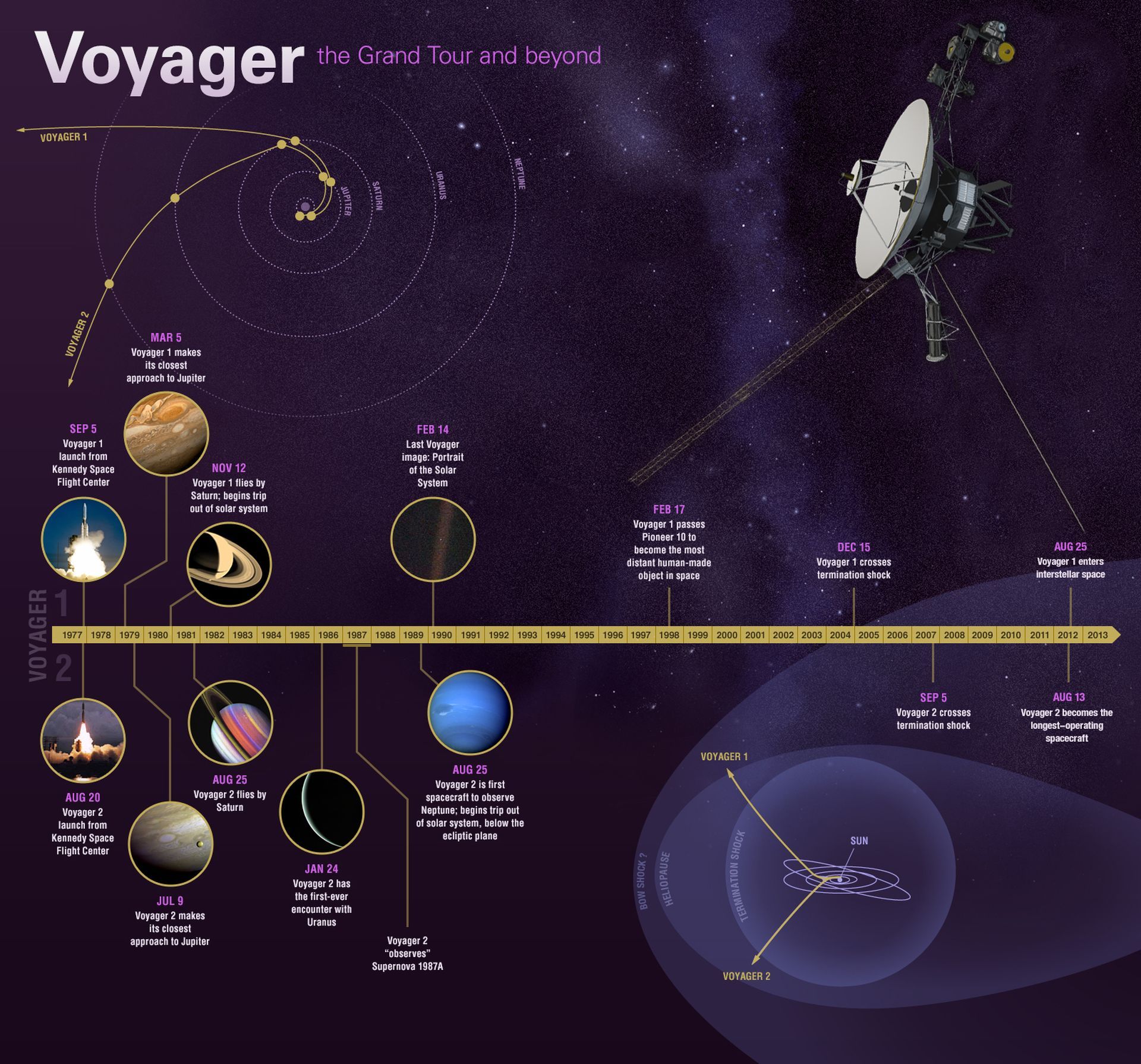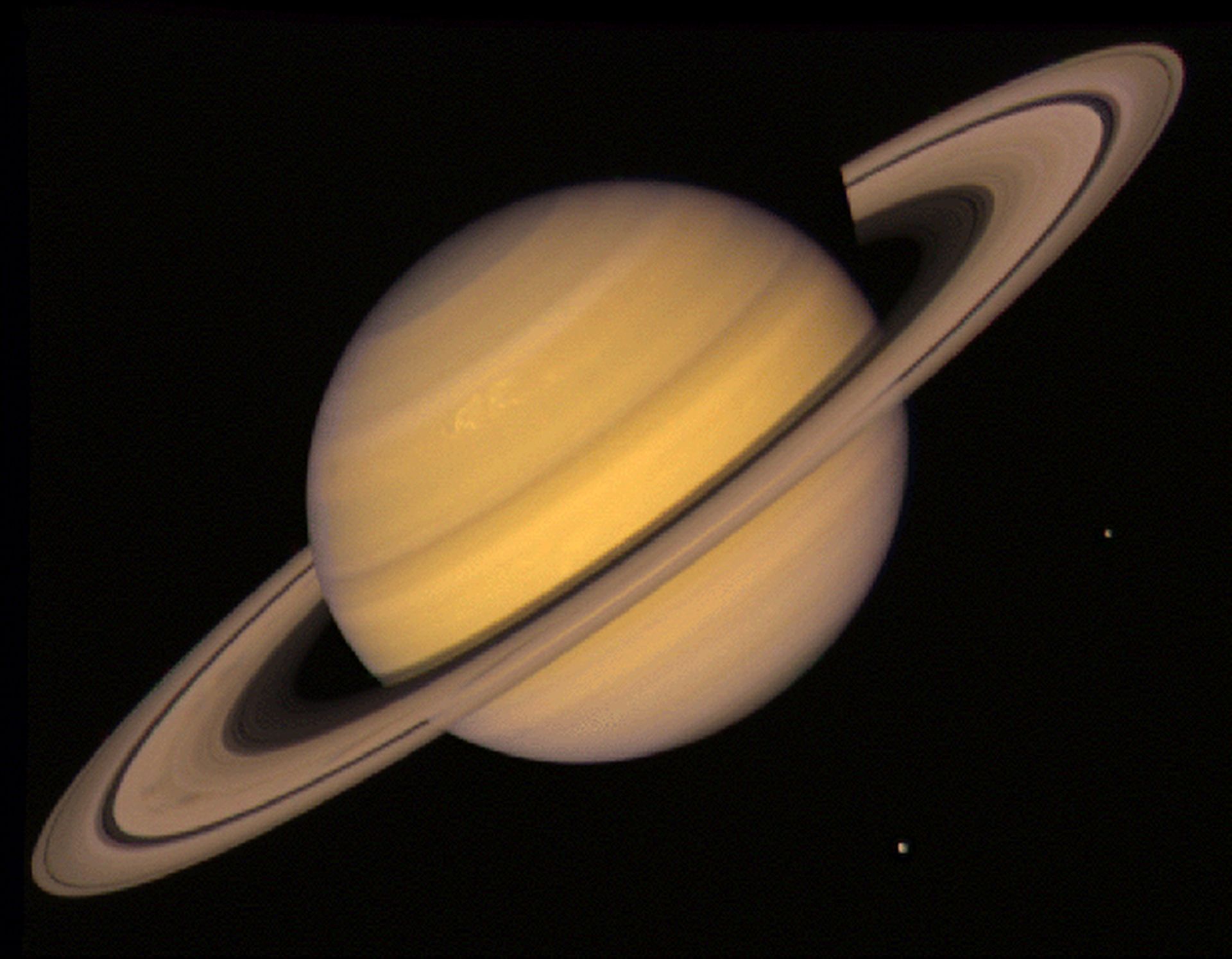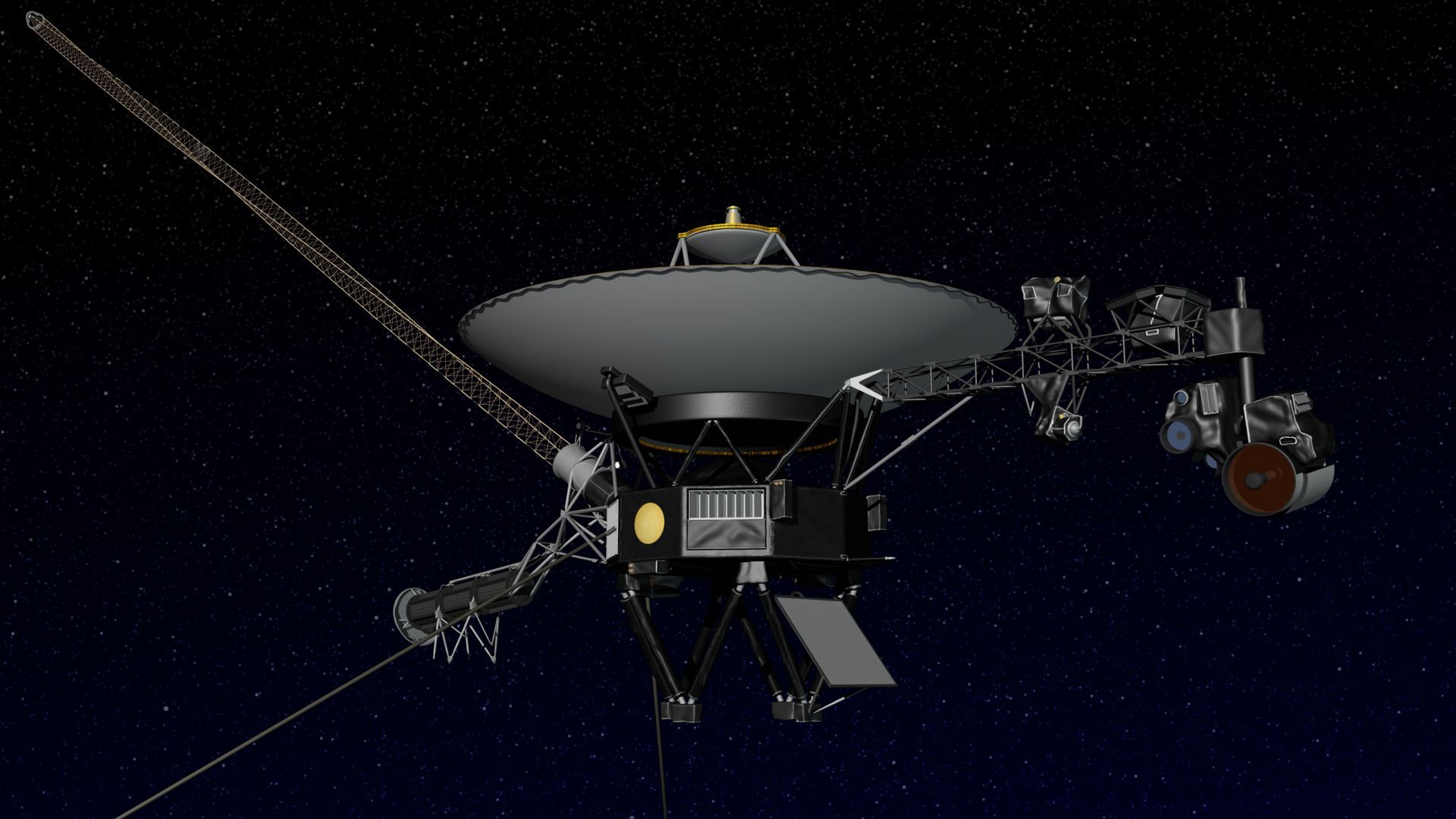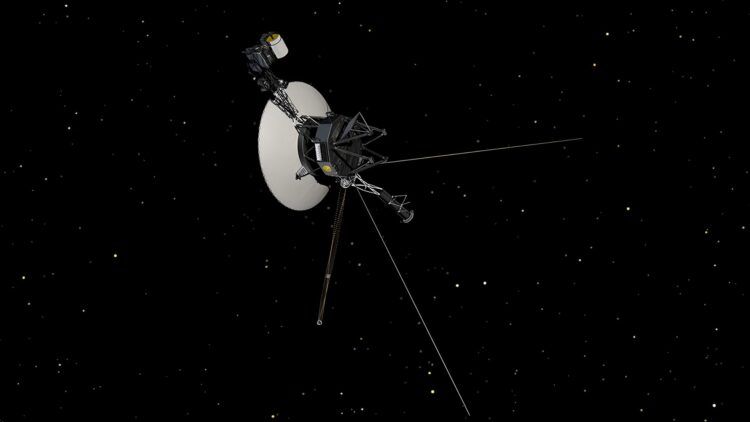Revealed on Friday, NASA inadvertently lost contact with the iconic Voyager 2 spacecraft a week ago, temporarily disrupting the mission’s communications and data transmission. The space agency confirmed the error that occurred due to an unintended command that shifted the spacecraft’s antenna away from Earth by 2 degrees.
Despite the seven-day delay in reporting the mishap, NASA assures that Voyager 2, which has been exploring space for an astounding 46 years, will soon reestablish communication with Earth and continue its pioneering journey through the cosmos.

Why Voyager 2 lost contact with NASA?
The unforeseen blunder in communication between Voyager 2 and the ground antennas of the Deep Space Network (DSN) was acknowledged by NASA. The legendary spacecraft, situated approximately 12.4 billion miles away from Earth after its launch in 1977, suddenly became unresponsive to commands and data transmission from mission controllers.
The cause of the glitch was attributed to a misdirected command that led to the spacecraft’s antenna pointing slightly away from Earth. To quote from the agency itself, NASA’s mission update regarding the incident reads:
A series of planned commands sent to NASA’s Voyager 2 spacecraft on July 21 inadvertently caused the antenna to point 2 degrees away from Earth. As a result, Voyager 2 is currently unable to receive commands or transmit data back to Earth.
However, despite the unsettling news, NASA remains optimistic that the situation is not dire. Voyager 2 is programmed to conduct reorientation maneuvers multiple times each year, and the space agency is confident that this routine procedure will eventually restore communication with the spacecraft. Nasa explains:
Voyager 2 is programmed to reset its orientation multiple times each year to keep its antenna pointing at Earth; the next reset will occur on Oct. 15, which should enable communication to resume. The mission team expects Voyager 2 to remain on its planned trajectory during the quiet period.

Backing up: Voyager 2’s pioneering journey
Since its launch, Voyager 2 has been a trailblazer in space exploration, visiting all four gas giant planets in our solar system: Jupiter, Saturn, Neptune, and Uranus. Moreover, it stands as the sole spacecraft to have explored the distant realms of Neptune and Uranus. A pivotal moment in its journey was its 1989 flyby of Neptune, which catapulted it into interstellar space in November 2018. To conserve power, engineers turned off nonessential instruments in 1998, but at least some of the six instruments still operational are expected to transmit data until at least 2025, provided the communications link is re-established.
What about Voyager 1’s status?
Concerns may arise regarding the status of Voyager 1, which is approximately 15 billion miles away from Earth. However, NASA has assured the public that Voyager 1 continues to operate smoothly, unaffected by the recent mishap experienced by its sibling spacecraft.

While NASA’s loss of communication with Voyager 2 may have raised some concern, the space agency’s timely response and reassuring statements indicate a positive outlook for the spacecraft’s future. Voyager 2’s unparalleled journey of 46 years continues to inspire and contribute valuable data to our understanding of the cosmos. As we await its return to full communication capabilities, the legendary spacecraft remains an enduring symbol of humanity’s relentless quest for knowledge beyond the confines of our planet.
The incident announcement from NASA came only one day after they revealed NASA+, and it now seems like the timing was intentional. If you’d like to check out if it’s important enough to delay revealing such news about Voyager, be our guest.
Featured Image: Credit





